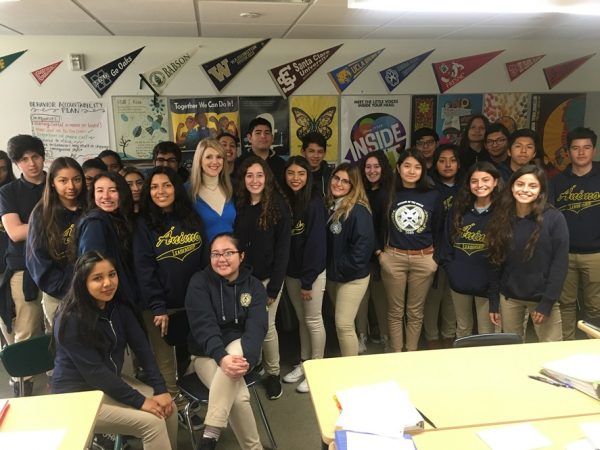
5 Words to Remember to Communicate Effectively
5 Words to Remember for Effective Communication
When working with clients to develop their messaging, one question I ask many of them is, “If you only had two minutes to spend with someone, what advice would you give them that would change their life?” If you ask yourself this question at various times, you might come up with a variety of meaningful messages that you want to share.
I posed this question to myself and this is what I came up with years ago. It still works and it suits most business situations. It can also apply to many personal situations, too.
Be CLEAR.
Communicate with Love, Enthusiasm, Appreciation, and Respect.
Communicate! Don’t just say the words; be fully present and focused on the person or people you’re talking to. “C” could also stand for “commitment,” because your commitment to your business or mission should emanate from you.
Love. Express your love for what you do, the people you help, or the possibilities you’re creating through your work.
Enthusiasm. Describe your business or your mission with enthusiasm. Why is it exciting to the people you are addressing?
Appreciation. Explain your appreciation for the challenges faced by the people you’re helping; then share how they will appreciate the solution your product or service provides.
Respect. Respect your audience, their intelligence, and the time and attention they are giving to you.
To download our free Media Interview Guide and other tools, click here.
To check out our online courses, click here.
For a complimentary consultation to discuss private training for yourself or your team, click here.
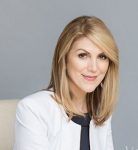
This post was written by Lisa Elia, a media trainer, presentation trainer, pitch coach, communication expert, and speaker. She trains clients around the world for media interviews, speeches, internal and external presentations, panels, investor presentations, and promotional videos, and provides executive and team communication coaching.
With more than 25 years of experience, Lisa has prepared clients for interviews with TODAY, GMA, The Wall Street Journal, CNN, ESPN, and hundreds of other outlets. Lisa has shared her expertise with national media outlets that include Inc., Entertainment Tonight, E!, and many others. Clients include entrepreneurs, Fortune 500 companies, and everything in between as well as athletes, celebrities, and other public figures.
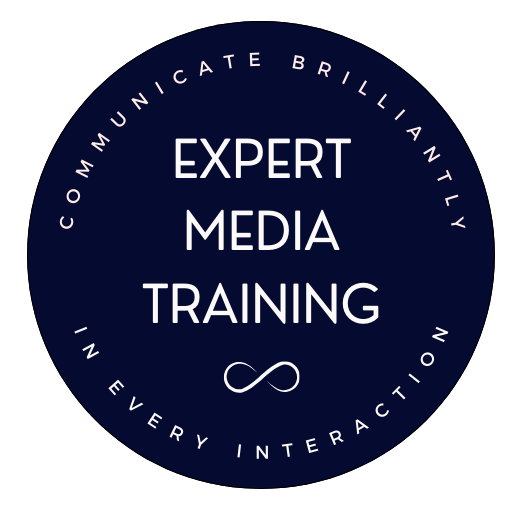
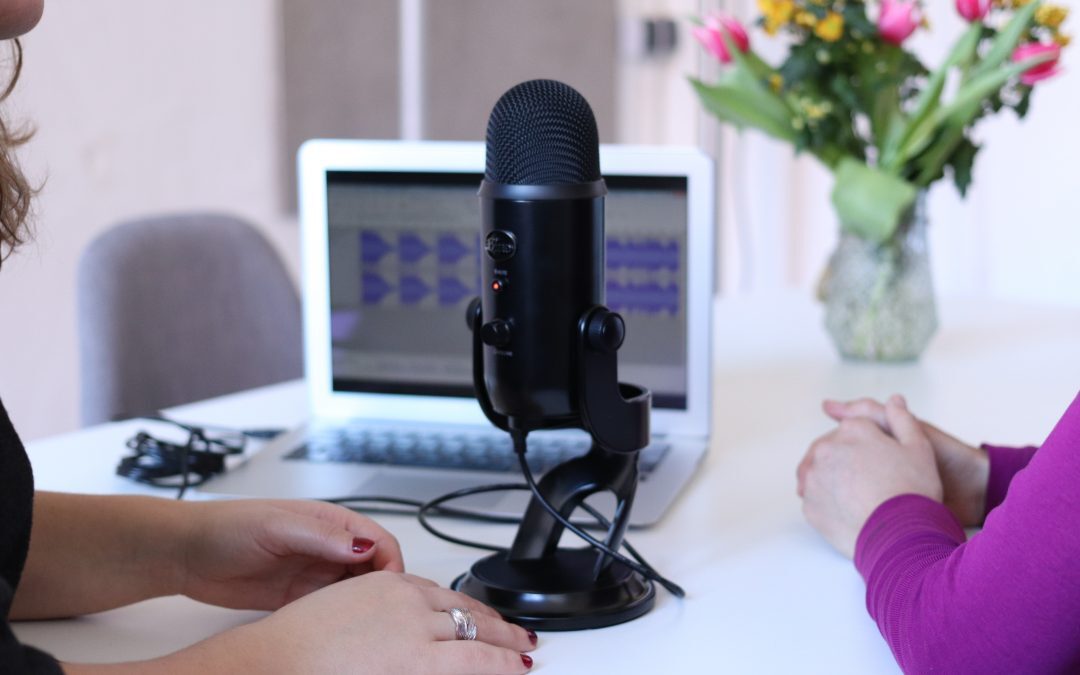

 Video conferencing can be an extremely effective way to hold meetings and deliver presentations. People tend to try to focus solely on the meeting and ignore distractions because their face is zoomed in on, they are probably less likely to be looking at other devices or whispering to someone next to them.
Video conferencing can be an extremely effective way to hold meetings and deliver presentations. People tend to try to focus solely on the meeting and ignore distractions because their face is zoomed in on, they are probably less likely to be looking at other devices or whispering to someone next to them. Somehow, most people look much more serious on video than in person. Greet people warmly with a smile at the start of the video meeting or presentation just as you would if you were welcoming them into your home.
Somehow, most people look much more serious on video than in person. Greet people warmly with a smile at the start of the video meeting or presentation just as you would if you were welcoming them into your home. Since there can be delays in video and sound transmission on video calls, pausing a bit more than usual will give people time to assimilate your message and to respond. Pausing periodically is especially important on group calls where different people may want to speak.
Since there can be delays in video and sound transmission on video calls, pausing a bit more than usual will give people time to assimilate your message and to respond. Pausing periodically is especially important on group calls where different people may want to speak.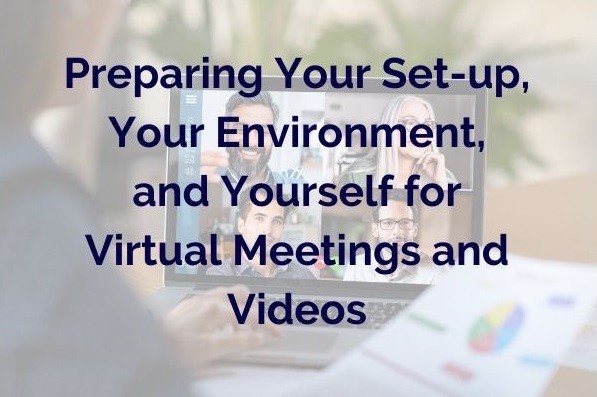
 With video calls, it’s as if you are inviting someone (or a group of people) into your office, so it’s important to create a good experience for them.
With video calls, it’s as if you are inviting someone (or a group of people) into your office, so it’s important to create a good experience for them. During in-person meetings, people’s eyes may stray and they may not look directly at you as much as when you’re communicating via video. This is why it’s important to pay extra attention to your personal appearance.
During in-person meetings, people’s eyes may stray and they may not look directly at you as much as when you’re communicating via video. This is why it’s important to pay extra attention to your personal appearance. When working with my clients, I teach them a preparation ritual to help them manage nervousness and focus their minds before presentations, media interviews, and other high-stakes situations. Shifting your energy and preparing to be fully present for your meeting or presentation can help you to perform better and will make a vast difference in the way you feel and are perceived.
When working with my clients, I teach them a preparation ritual to help them manage nervousness and focus their minds before presentations, media interviews, and other high-stakes situations. Shifting your energy and preparing to be fully present for your meeting or presentation can help you to perform better and will make a vast difference in the way you feel and are perceived.




